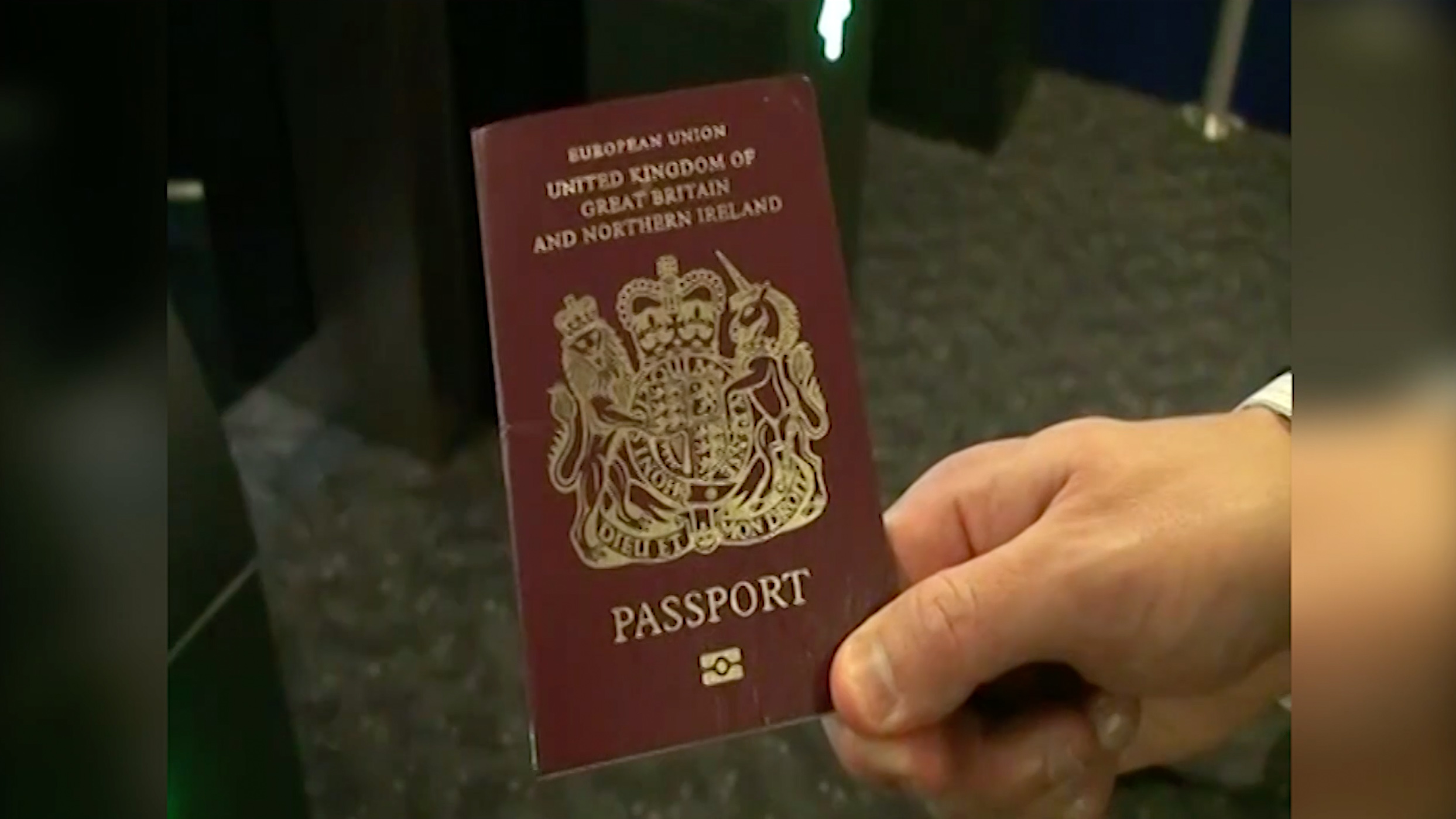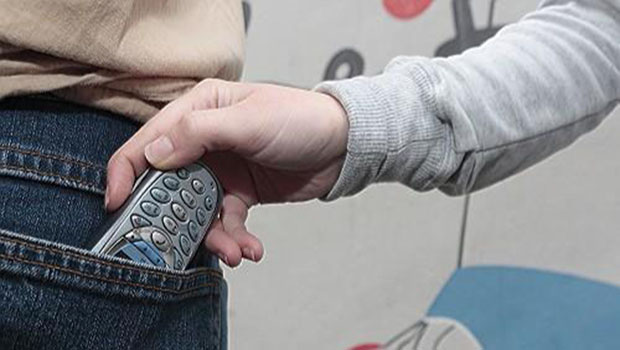The iconic British passport will no longer be made in the UK from next year, says its current manufacturer.
Basingstoke-based De La Rue have held the £400 million contract for the last nine years, with the burgundy format being used since 1988.
A new company, believed to be based overseas, will take up the contract in July 2019.
A statement from De La Rue said: “The Company is disappointed with the outcome of the tender process and will now consider its options including an appeal.”
The government announced at the end of 2017 that the UK’s EU exit would mean a return to blue passports.
Until then passports will stay the same colour but will display no reference to the EU.
The UK passport is an expression of our independence and sovereignty – symbolising our citizenship of a proud, great nation. That’s why we have announced that the iconic #bluepassport will return after we leave the European Union in 2019. https://t.co/pgQvrBIna5
— Theresa May (@theresa_may) December 22, 2017
Everything else you need to know
British passports became standardised documents in 1855. Before this, they were simple single sheets of paper.
In 1988 the UK Government changed the colour of the passport to burgundy red, in line with most other EU passports. Interestingly, the only exception to this was Croatia which is blue.
The Queen does not have a passport because passports are issued in her name and on her authority, making it superfluous for her to hold one.
All other members of the royal family however, including the Queen’s husband Prince Philip, Duke of Edinburgh and their son, Charles, Prince of Wales do have passports.
So have they always looked the same? The Breaker explains in what other ways the British passport has been made:






